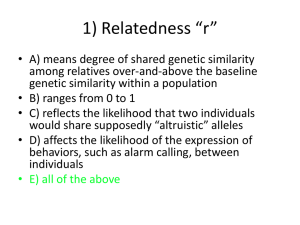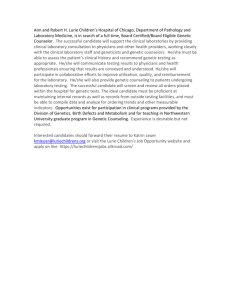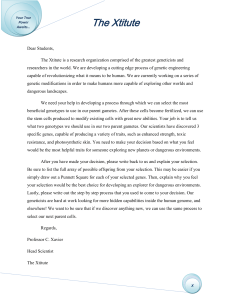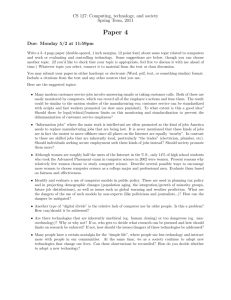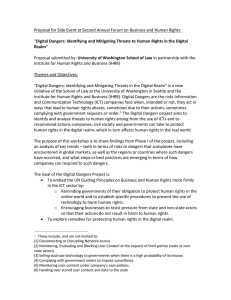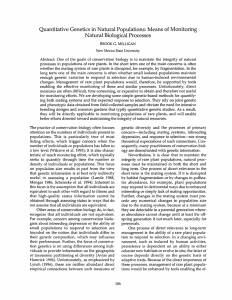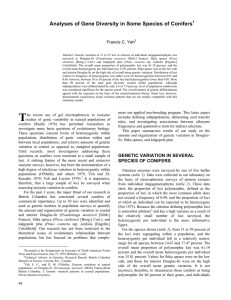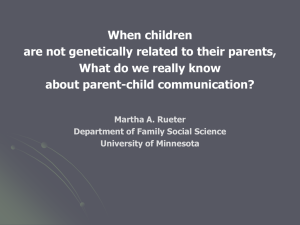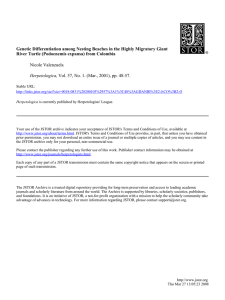Dangerous adventures with mixed models
advertisement
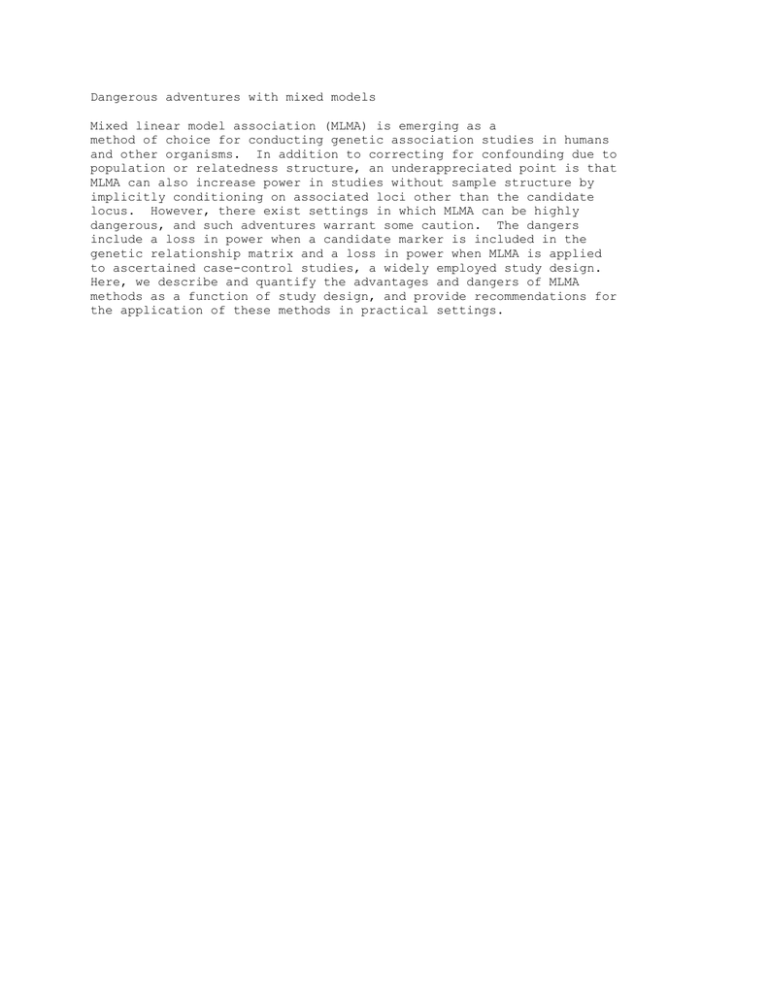
Dangerous adventures with mixed models Mixed linear model association (MLMA) is emerging as a method of choice for conducting genetic association studies in humans and other organisms. In addition to correcting for confounding due to population or relatedness structure, an underappreciated point is that MLMA can also increase power in studies without sample structure by implicitly conditioning on associated loci other than the candidate locus. However, there exist settings in which MLMA can be highly dangerous, and such adventures warrant some caution. The dangers include a loss in power when a candidate marker is included in the genetic relationship matrix and a loss in power when MLMA is applied to ascertained case-control studies, a widely employed study design. Here, we describe and quantify the advantages and dangers of MLMA methods as a function of study design, and provide recommendations for the application of these methods in practical settings.

